How the Vampire Finch Developed a Taste for Blood
Meet the Galápagos birds Darwin didn’t tell you about.
Each week, Atlas Obscura is providing a new short excerpt from our upcoming book, Wild Life: An Explorer’s Guide to the World’s Living Wonders (September 17, 2024).
As you probably know, Galápagos finches are famous for their beaks. Years of evolution have specialized their schnozzes for different purposes—the formidable bill of the large ground finch cracks nuts, the woodpecker finch’s tapered beak drills into trees, and so on.
And what of the elegantly curved, sharply pointed beak of the vampire finch? Well.
Vampire finches live way out on Wolf and Darwin Islands, the most far-flung of the Galápagos. (Darwin himself stuck to a more centralized area and never encountered them.) It can be hard to find food there, especially during the dry season, which runs from July through December.
So a finch may slake his hunger and thirst by sticking his beak into a Nazca or red-footed booby. The finch pecks the much larger bird—usually just under the wing—waits for the blood to flow, and slurps it down. Other finches often wait around to tap in, or maybe to pick up some pointers.
Many small birds peck bugs and parasites off larger animals. Researchers think the ancestors of the vampire finch may have been among this group, and that the species’ thirst for blood arose when a bug-pecker dug in a little too hard.
This theory may help explain why boobies generally ignore their attackers, even as red stains bloom over their snow-white feathers. Although they may just be outnumbered—observers have noticed that a booby who tries to bat away a finch quickly gets swarmed.
In the wet season, vampire finches scratch for seeds and insects and sip nectar from cactus flowers. They’ll also eat guano, seabird-regurgitated fish, and booby eggs, which they work together to roll off cliffs.
But by now, blood is an entrenched part of their diet. Finch feces analysis has revealed the presence of iron-digesting gut microbes, from the same bacterial group housed by South and Central American vampire bats. And analysis suggests that their beaks are, indeed, uniquely long and sharp.
Range: Wolf and Darwin Islands of the Galápagos
Species: Vampire ground finch (Geospiza septentrionalis)
How to see them: Visitors are not allowed on Wolf or Darwin Islands—you’ll have to hitch a ride with a research group (if you dare).
Wild Life: An Explorer’s Guide to the World’s Living Wonders celebrates hundreds of surprising animals, plants, fungi, microbes, and more, as well as the people around the world who have dedicated their lives to understanding them. Pre-order your copy today!
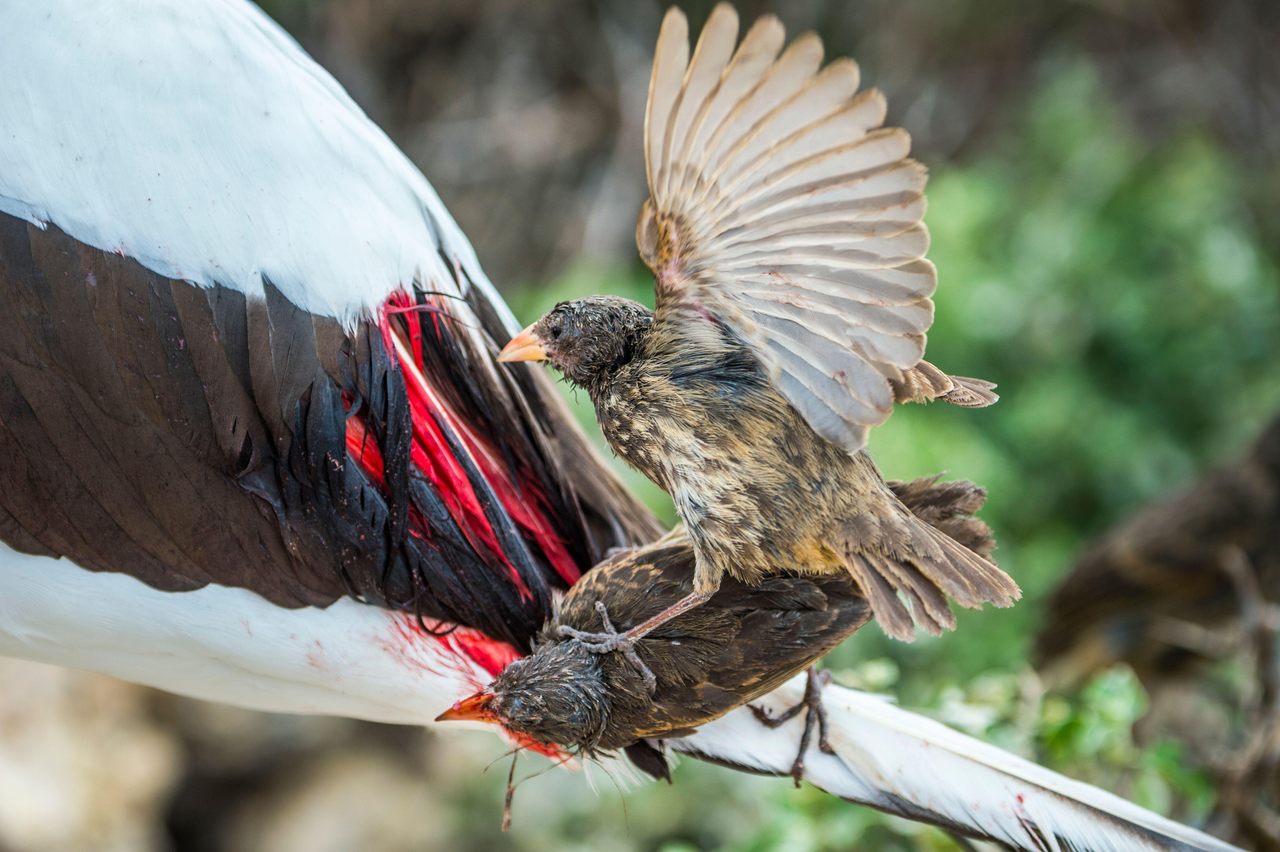
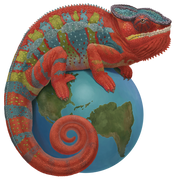

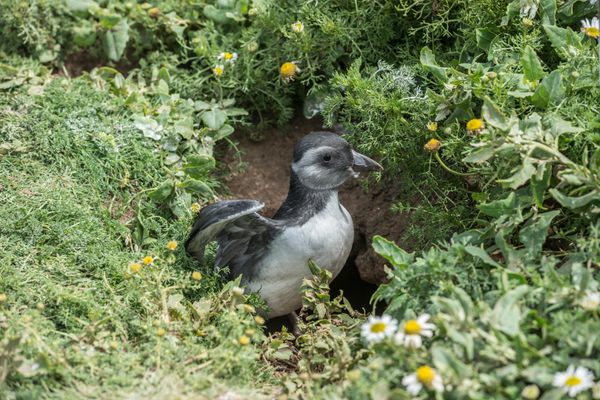
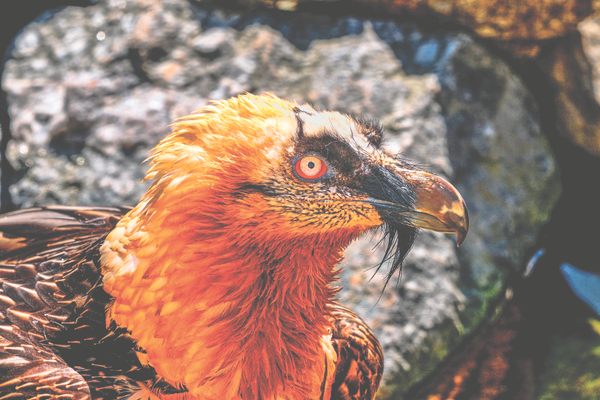

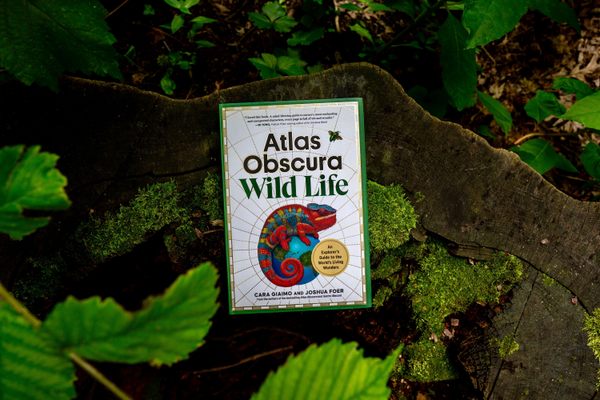


















Follow us on Twitter to get the latest on the world's hidden wonders.
Like us on Facebook to get the latest on the world's hidden wonders.
Follow us on Twitter Like us on Facebook